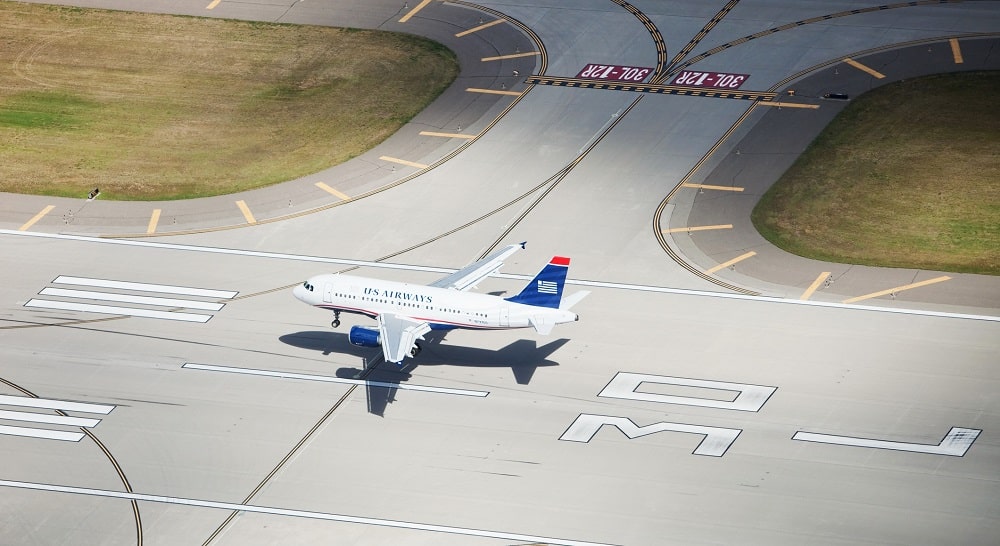What do runway numbers mean?

When we see a movie or video showing a pilot landing or taking off, there’s often mention of a runway number. But what do these numbers mean?
Runway numbers printed on a tarmac refer to degrees from magnetic north, as displayed on a compass. A runway will have a number at each end, representing the direction a plane is travelling.
However, rather than show three-digit compass points, the aviation industry rounds them up or down and divides them by 10.
This means 10⁰ becomes runway 01 and 270⁰ is runway 27. If the exact direction of a runway is, say, 182⁰, the runway’s number is rounded down to 180⁰ and divided by 10 to become runway 18. This means runways are numbered 01 to 36.
So, a plane approaching Adelaide Airport from the north-east will land on runway 23 (230⁰), while a plane approaching from the south-west will land on runway 05 (50⁰).

This is enough information for pilots to correctly navigate to the designated runway.
If there are two parallel runways, an extra identifier is added according to their relative position to each other. For example, runway 15L is on the left and runway 15R is on the right.
For three parallel runways, the middle one is designated ‘C’ for centre, rather than ‘L’ or ‘R’.
If there are four or more parallel runways, additional runway numbers are simply changed by 1. Istanbul Airport has two sets of parallel runways, with one set numbered 34L and 34R, and the other set numbered 35L and 35R, plus there’s a separate single runway numbered 36.
Approaching from the opposite direction, these runways are numbered 16R and 16L, 17R and 17L, and 18 respectively. You’ll notice that subtracting the lower number at one end of a runway from the higher number at the other end equals 18, or 180⁰.
Taxiways
Airports use letters of the alphabet to identify taxiways leading to and from runways. To avoid confusion with numbers, the letters ‘I’ and ‘O’ aren’t used, while ‘X’ is avoided because it’s used to indicate a closed runway.
If all the letters of the alphabet are exhausted, the letters may be doubled, for example AA, while short, connecting taxiways might have alpha-numeric labels, like A1.
A sign with yellow letters on a black background shows the taxiway the aircraft’s currently on, while a sign with black letters on a yellow background points to another taxiway or runway.
White numbers on a red background are found on ‘mandatory instruction signs’, and are commonly displayed when a taxiway is about to cross or meet a runway.

Taxiway numbers and mandatory instructions are usually shown on upright signs, but they may also be printed on the tarmac.
To further prevent confusion, runway line markings are white and taxiway lines are yellow.

